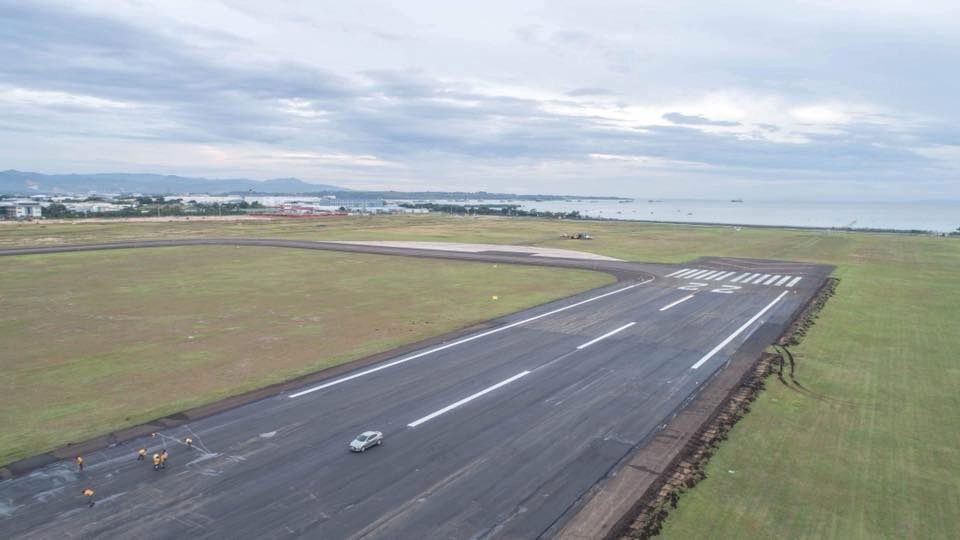
GMR Megawide Cebu Airport Corp. (GMCAC) is looking at a win-win solution to address concerns on the planned construction of the second airport runway. | MCIAA photo
CEBU CITY—Amid the opposition from the Philippine Economic Zone Authority (PEZA) on the proposed construction of a second runway, the GMR Megawide Cebu Airport Authority (GMCAC) is seeking to forge a win-win solution with the other concerned parties.
“We want collaboration that is win-win for everybody. The economic zone is of incredible economic value to Cebu and the airport equally is also of economic value to Cebu,” said Andrew Acquaah-Harrison, GMCAC chief executive advisor, told CDN Digital.
“The airport is an economic enabler. At the same time, the zone is also an economic enabler. The two can work side by side to make this a success story,” he added.
Harrison issued his comment in reaction to a statement from PEZA Director General Charito Plaza who claimed that economic losses would occur if the planned construction of the second runway would push through.
News articles quoted Plaza as saying that the construction project would result in billions of pesos in economic losses since locators were already studying a plan to relocate to other countries.
“I don’t want a single locator to be faced with the cost that they shouldn’t have or to go somewhere else. And I think it’s quite premature to make some of these statements, especially in the absence of clear dialog so we can clearly understand what each other need to do,” Harrison stressed.
He disclosed that, together with the Lapu-Lapu City Mayor’s office, they already had four meetings with the representatives of MEZ locators and those who have some rights in the development of the area.
“In any situation where a common ground has to be established, there’s always a degree of compromise. We will compromise on our part. They will also compromise on their part. We have to find a common ground for the greater good rather than make these statements in the public domain that won’t help anyone,” Harrison said.
He also denied that the construction of the second runway would result in the loss of jobs.
“There’s no question about jobs being lost. We’re going to create more jobs more opportunities. And we should all get on that collective bandwagon to make it a success,” he added.
Harrison also clarified that their plan involves the replication of the facilities that would be affected by the construction of the second runway and the proposed airport expansion.
“The concept of replication has existed in the Philippines for years. The Airforce base is having replication done to allow for the development of Terminal 2. As a result of the terminal being constructed, we were able to increase international traffic coming into Cebu, which benefitted the economy, from transportation, hotels and resorts, souvenir stores, restaurants and cafes. All have benefitted from the growth of tourism,” he said.
GMCAC’s unsolicited proposal that was submitted to the Department of Transportation on June 2017 involved a total capital expenditure of P208 billion.
The consortium intends to take over airside facilities from MCIAA and secure the unconstrained growth of the airport by providing a capacity of at least 50 million passengers per annum (mppa).
If approved, the consortium will implement a 300-hectare reclamation project, half of which will be used as a relocation site for MEZ facilities that will be affected by the airport expansion project. Another 40 hectares will be allocated for airside facilities while the remaining 110 hectares will be used for the second runway.
The last phase of the project will focus on the expansion of airport facilities, including the construction of a third terminal. /dcb